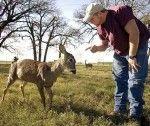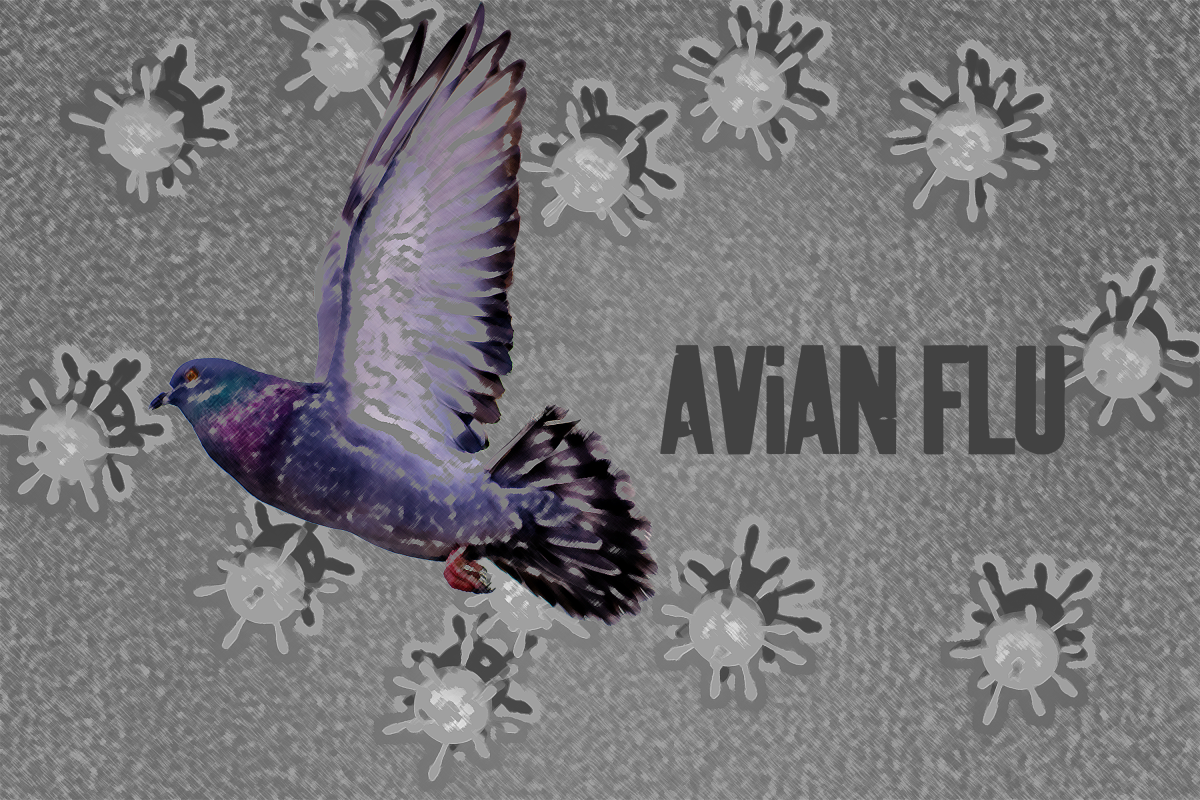The white-tailed deer dubbed Dewey, Texas A&M’s most recent clone, is doing well since he was cloned last month, said researchers in the College of Veterinary Medicine.
Researchers at the college announced in December that they had successfully cloned Dewey, named after Dr. Duane Kraemer, one of the lead researchers on the project.
The announcement was made seven months after the fawn was born to a surrogate mother. During that time, researchers performed DNA tests to prove the fawn was an exact genetic replica of its donor.
Along with Kraemer, Dr. Mark Westhusin of the College of Veterinary Medicine and Dr. Charles Long of Viagen Inc., worked on the project.
“He was born naturally,” Kraemer said. “He seems to be growing quite nicely.”
A&M is the first academic institution in the world to clone five different species. Previous cloning projects produced calves, pigs, a goat and a cat.
“The basic procedure is the same to clone all the animals,” Kraemer said. Cloning involves a process called nuclear transfers which isolate genetic samples from the nucleus of a donor cell and transfers the genetic material to the nucleus of an egg cell.
The college chose to clone a deer, Kraemer said, to study certain diseases that plague the animal to understand them and develop a form of prevention. Researchers also wanted to study antler development to see how similarly a cloned deer’s antlers grow in comparison to its donor.
“Dewey will stay at A&M for a while so we can study his antler development,” Kraemer said. “Some people might want to use this research to produce a superior quality buck.”
Dr. Alice Blue-McLendon, a veterinarian at the College of Veterinary Medicine who is in charge of caring for Dewey, said that the deer is exhibiting normal growth patterns.
“He’s excessively tame,” Blue-McLendon said. “His mother rejected him so we’ve had to raise him.”
Jose Escobedo, a graduate student in science and technology journalism, said that cloning is beneficial as long as it solves problems affecting everyone.
“It’s great that cloning is possible as long as we are not doing it to play around and spend money,” he said. “If a deer disease affects people then we should first look at the disease and see how bad it is.”
Kraemer said that there are no current cloning projects to produce any new animals.
“What we’re doing now is studying the process and learning ways to perfect it,” Kraemer said.
Overall public approval, Kraemer said, has been favorable.
“There are always people who will object to what we’re doing,” he said.
Blue-McLendon said no experiments are currently being conducted on Dewey.
“We’re just watching his growth,” she said. “Other than that, he lives just like a normal deer.”
A&M’s first cloned deer is progressing well
January 27, 2004

0
Donate to The Battalion
$810
$3500
Contributed
Our Goal
Your donation will support the student journalists of Texas A&M University - College Station. Your contribution will allow us to purchase equipment and cover our annual website hosting costs, in addition to paying freelance staffers for their work, travel costs for coverage and more!
More to Discover









